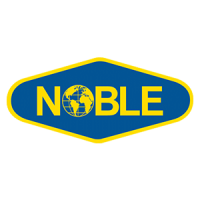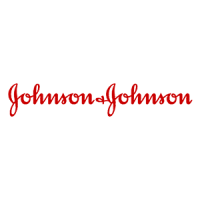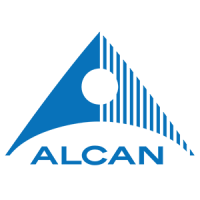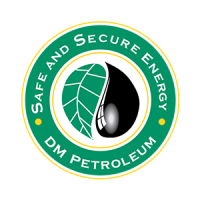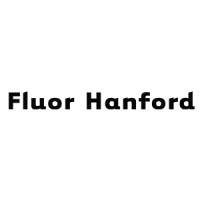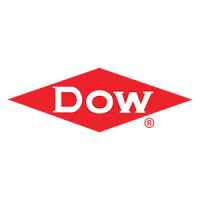The Robert W. Campbell Award aims to demonstrate the business value of EHS management systems to future business leaders. To meet this objective, winning case studies are converted into educational materials – including case studies, teaching notes, PowerPoint presentations, and informational videos – intended to enhance learning experiences. Feel free to use the materials below to encourage others in their exploration of business and EHS excellence.
Project Windmill
The Noble Corporation Campbell Award Business Case Study does not give readers a tidy answer to a difficult question. While in reality, Noble successfully used its approach to fully integrate and drastically improve EHS at the newly acquired rigs – which now form the basis of 80% of Noble’s business – the Case Study deliberately challenges the reader to make his or her own decision. Noble leadership wanted students to look at the history of their organization, its values and competencies, and operational data in much the same was as then-CEO Jim Day had to – and defend their choice.
Social Responsibility & Sustainable Competitive Advantage
The Johnson & Johnson Campbell Award Business Case Study starts with the assumption that EHS is a core value – because, for them, it is. Johnson & Johnson’s leaders, however, are aware that this belief is not shared by everyone – including some of its own shareholders, who may be more focused on profit margin. By examining the company’s Credo-based culture and a number of its key EHS initiatives, Johnson & Johnson wanted students to come to understand the myriad ways in which social responsibility offers the company a truly sustainable competitive advantage.
Leadership Challenges in Cross-Culture Ventures
The Alcan Campbell Award Business Case Study takes a well-developed integrated EHS management system and puts it to the test in an extreme physical and cultural environment. In examining the astonishing results at the Ningxia facility, Alcan leadership wanted students to understand the difference an integrated, transferable system can make. Through this remarkable example, students come to see the value of integration and transfer as it extends not only to the business but the wider community – making the decision they’re faced with at the end of the study even more crucial.
Faced with Catastrophic Events
The DM Petroleum Campbell Award Business Case Study is framed somewhat differently than the first three studies. Rather than presenting a distinct scenario with a leading question, DM Petroleum leadership wanted readers to look more holistically at their management system, values, and strategic focus. Information presented on the response to Hurricanes Katrina, Rita, Gustav, and Ike serve to focus the reader’s attention, but are not intended to be the endpoint of the study – just as they are not the endpoint of DM Petroleum’s journey toward continuous operational and EHS excellence.
An Overview of Change and Success
The Fluor Hanford Campbell Award Business Case Study begins with these words: “It was clear from the first day we arrived on site that the safety system was broken.” This quote from a Fluor employee refers to the Hanford nuclear remediation site in Washington State – a project that Fluor began management of in 1997, inheriting thousands of second- or even third-generation employees at the site. Over the course of this study, readers follow the journey made by Fluor as they implemented radical changes in systems, culture, and ultimately business and EHS performance at a high-profile, high-risk site with roots reaching back to the Manhattan Project of the 1940s.
Creating Value Through Culture
“The cheetah” – the world’s fastest land animal – was once the brand symbol of Schneider Electric. As this comprehensive case study illustrates, this brand was more than surface level, reflecting a culture in which speed, rather than safety, was seen as a top priority. Yet as this innovative look at one organization’s journey demonstrates, culture can change given the right leadership and expertise. Over the course of this study, readers will explore the thoughtful steps and unique approaches taken by Schneider Electric EHS and business leaders to create and sustain a culture of excellence.
Inseparability of Safety and Business Success
“If you can’t do it better, why do it?” These famous words of Dow Chemical Company founder Herbert H. Dow begin the organization’s Campbell Award Case Study. It is this history of innovation, coupled with aspirational goal-setting and world-class expertise, that has enabled Dow to continue to reach and exceed its vision. In this study, readers gain insight into Dow’s transformational goal development process, including a look at incentives, empowerment, risk assessment, leading indicators, and more. Readers have the opportunity to put themselves in the shoes of Dow leadership and ask themselves, “What should we do next?”

